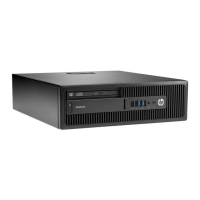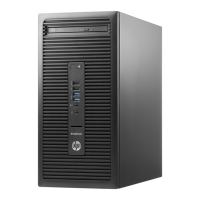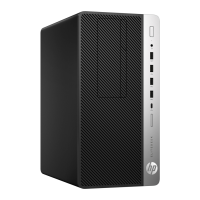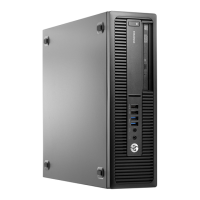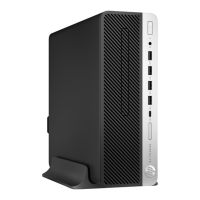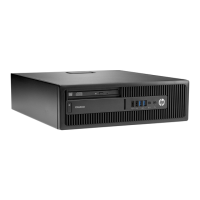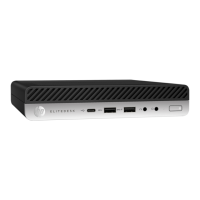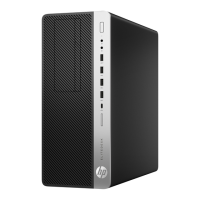E
L-MF877-00 Page 2
Template Revision B
PSG instructions for this template are available at EL-MF877-01
including liquids, semi-liquids (gel/paste) and toner chambers, and service stations.
Components and waste containing asbestos
Components, parts and materials containing
refractory ceramic fibers
Components, parts and materials containing
radioactive substances
2.0 Tools Required
List the type and size of the tools that would typically be used to disassemble the product to a point where components
and materials requiring selective treatment can be removed.
Tool Description Tool Size (if
applicable)
Screwdriver T-15
Micro shear 170II
Screwdriver PH1
Description #4
Description #5
3.0 Product Disassembly Process
3.1 List the basic steps that should typically be followed to remove components and materials requiring selective treatment:
1. Loose the screw and remove access panel.(see Figure 1 below)
2.
R
otate the driver cage form the hook on slide rail.(see Figure 2 below)
3.
D
isconnect FIO cables from the MB.(see Figure 3-5 below)
4.
Disconnect SATA cables from the MB.(see Figure 6 below)
5.
D
isconnect other PSU cables from the MB.(see Figure 7-11 below)
6. Remo
ve HDD/ODD from chassis.(see Figure 12-20 below)
7. Remove the heatsink from MB.(see Figure 21-24 below)
8.
Separate the fan from CPU heatsink.(see Figure 25-26 below)
9.
Remove the CPU from the MB.(see Figure 27-28 below)
10. Remove the Memory card from the MB.(see Figure 29 below)
11. Remove the battery from the MB .(see Figure 30 below)
12
.
Remove M/B from chassis.(see Figure 31-32 below)
13
. Remo
ve front panel from chassis.(see Figure 33 below)
14
.
Remove FIO/Speaker/LED holder from chassis.(see Figure 34-36 below)
15
. Remo
ve PSU cover.(see Figure 37-43 below)
16
. Dis
connect all the cables and remove the Electrolytic Capacitors.(see Figure 44-47 below)
3.2 Optional Graphic. If the disassembly process is complex, insert a graphic illustration below to identify the items
contained in the product that require selective treatment (with descriptions and arrows identifying locations).
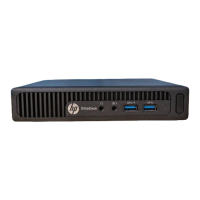
